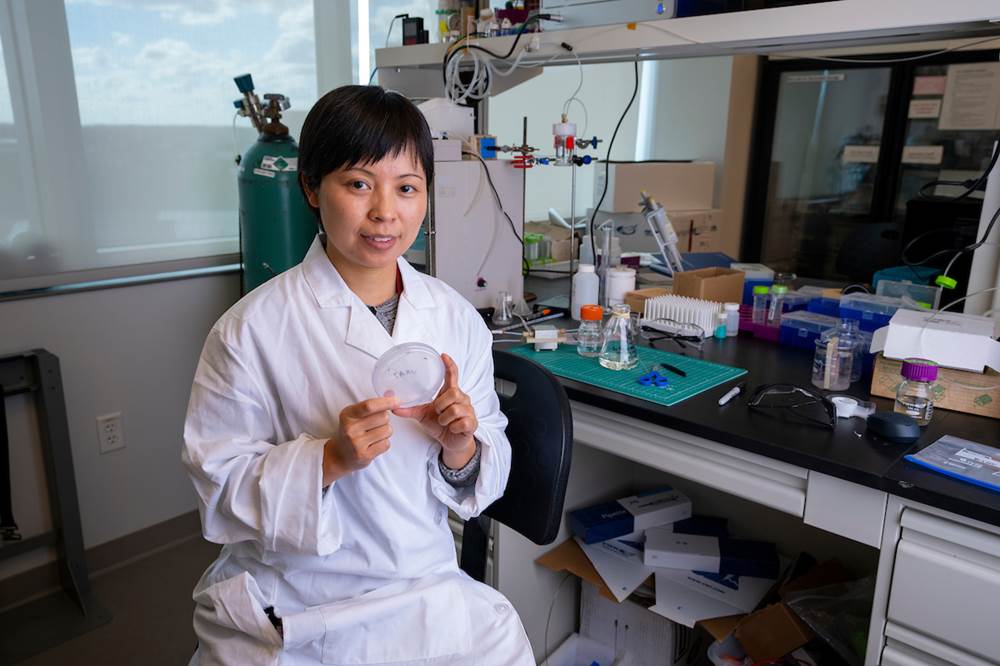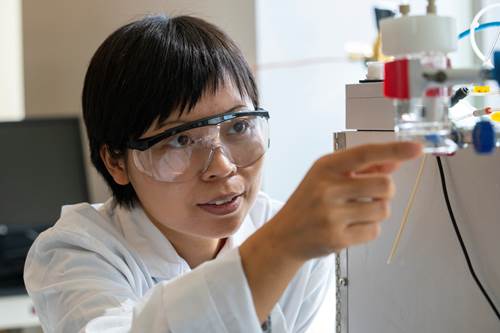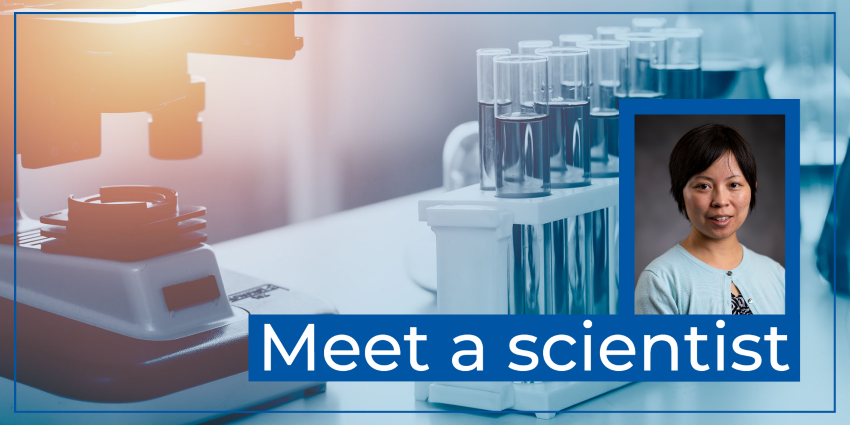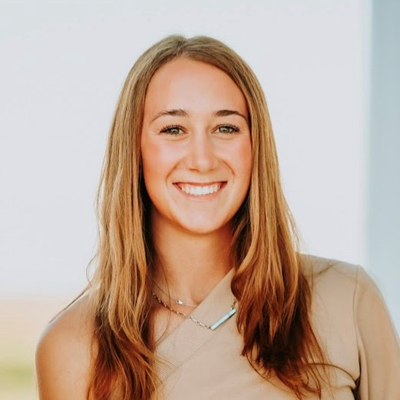As a Texas A&M University professor and researcher who is tackling emerging environmental problems, Susie Dai, Ph.D., advises her students, “Don’t complain, if you can think of something you can do about it.”
That drive to solve problems is exactly how Dai found herself back at Texas A&M, researching per- and polyfluoroalkyl substances (PFAS) in the Department of Plant Pathology and Microbiology.
After obtaining her undergraduate degree in chemistry at Fudan University in 2001 and her Ph.D. in chemistry at Duke University in 2006, Dai worked at Texas A&M as a research associate professor in the Office of the Texas State Chemist from 2008 to 2016. She then took an opportunity to serve as associate director of the State Hygienic Laboratory at the University of Iowa from 2016 to 2019, where her primary focus was environmental health.
Food for fungus
During that time, Dai became interested in PFAS, a common manmade stable compound group that can persist in water, the human body and our environment. After beginning to research the risks related to PFAS, sometimes called "forever chemicals,” she decided to focus her research on fungus as a microorganism that could degrade PFAS, and she collaborated with a Texas A&M professor on related research.
In 2019 Dai returned to Texas A&M as an associate professor of plant pathology and microbiology in the College of Agriculture and Life Sciences.
Dai said that the U.S. Environmental Protection Agency (EPA) is paying close attention to PFAS-related issues. EPA recently proposed the first-ever national drinking water standard for six PFAS chemicals. She said that other states are also moving fast on PFAS issues — another reason she wanted to start researching PFAS remediation.
Understanding the molecular mechanism behind the interactions between fungi and PFAS is crucial, she said. Certain types of fungus consume the very resistant organic compound, lignin, as their natural food.
“So, I came up with this idea,” Dai said. “I’m thinking, okay, I want to build something that is edible for fungus. But at the same time, this edible stuff needs to be adsorbent.”

For a vehicle for PFAS remediation, she knew that the material would need to be similar to existing sorbents, and able to remove contaminants. The material would also need to be organic so that it is suitable for fungus to eat.
So, Dai and collaborators developed a plant-derived material to adsorb the PFAS and dispose of them with microbial fungi that literally eat the “forever chemicals.”
“The fungus consumes plants,” Dai said. “What I hope to do is use plant biomass to enrich the PFAS and then give this stuff to fungus to eat.”
While Dai’s team is making great strides, research like this takes years. She knows that humans are impatient, so she said she is constantly working to improve the remediation's efficiency. They are looking into photocatalysis and enzyme-based degradation as well, and her team is screening for powerful fungi and trying to determine which fits their research best.
“Humans have different personalities, and fungi are the same,” she said. “There are so many different fungi in the environment. Some are more robust, some die easier, some like PFAs, some don’t.”
Eventually, her team will access contaminated environmental sites and collect samples of real-world PFAS-contaminated soils and water to study.
Research collaborations moving forward
Dai’s research only begins with PFAS. She is involved in multiple ongoing projects concerning water quality in Texas.
In 2021, she received funding from the Water Program of Excellence research program, managed by TWRI and funded by Water Exceptional Item state appropriations from the U.S. Congress to AgriLife Research. The program is an interdisciplinary research effort bringing together scientists in Texas A&M AgriLife Research, the Texas A&M AgriLife Extension Service and the Texas A&M Engineering Experiment Station (TEES).
Dai's research funded by a Water Programs of Excellence grant is a pilot study to characterize
groundwater and drinking water quality in rural communities that rely on small water systems and domestic wells. The multidisciplinary project team is collecting water samples from private wells to measure arsenic concentrations and analyze the findings, with researchers from TEES, Texas A&M AgriLife, Texas A&M's School of Veterinary Medicine, and the U.S. Geological Survey. Oftentimes, well water arsenic concentrations are higher than EPA drinking water standards, Dai said, so for further data they are also collecting urine samples and measuring the arsenic concentration in human populations.
Staying inspired

Many of Dai’s students at Texas A&M also want to enter the research field, and Dai advises them to “keep your inspiration by watching out for what is new, what is important, but not necessarily what is hot; you are looking for a topic that inspires you.”
Dai likes to share her life story and experiences with her students. Not long ago, she knew
nothing about PFAS. Once she learned, she adjusted her work to meet her vision, because she
knew that it was important. She said she also emphasizes the importance of patience, “because humans struggle to outpace nature.”
“Nature has this ability to fix things, but we have been accelerating the production of products, we have been accelerating the rate of contamination, we have been accelerating the change of many natural courses,” Dai said. “So, what I want to share with my students is that if we can bear a mind of patience, trust the microorganisms, and grow organically, we have the potential to fix a lot of problems.”


